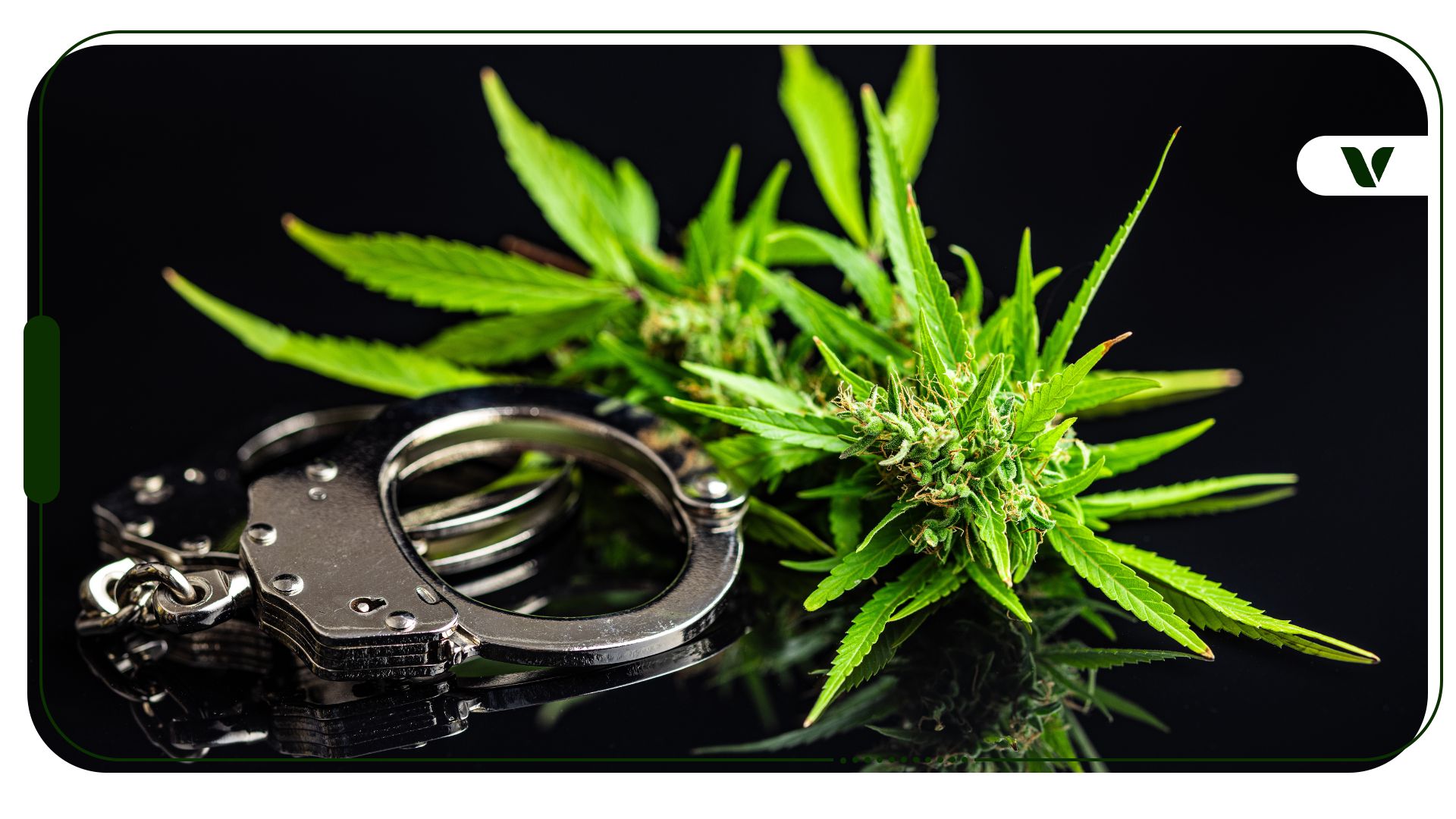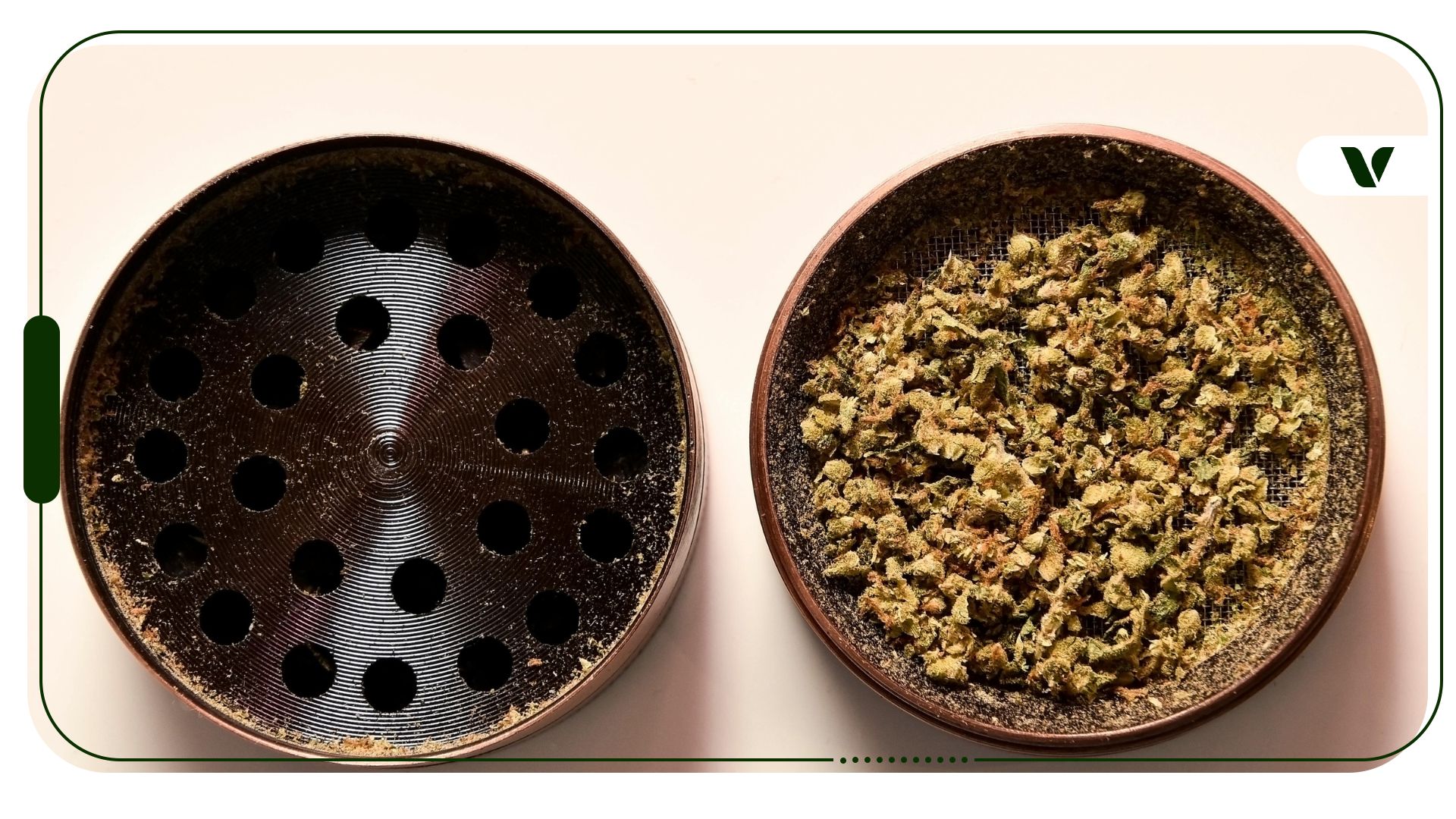In California, recreational cannabis has been legal for adult users since 2016. With a history of breakthroughs in the legalization movement and a profoundly established cannabis community, the Golden State has become inseparable from the story of cannabis culture. Today, California enjoys a worldwide reputation for its legendary cannabis producers and vibrant communities of weed enthusiasts.
As such, it is unsurprising that California’s cannabis output accounts for about 40% of the nation’s weed. What may come as a surprise, however, is the fact that unlicensed growers produce the vast majority of that weed. Despite supporting a fully legal market for cannabis commerce, California is still a hotspot for major unlicensed cannabis operations, which has been cause for frustration among business owners in the legal cannabis industry.
California’s EPIC Initiative
To address the challenges posed by these operations, California Gov. Gavin Newsom took action in 2022 by implementing the Eradication and Prevention of Illicit Cannabis (EPIC) task force. EPIC is a multi-agency organization comprising the Department of Justice (DOJ) and other local law enforcement departments. The law-enforcement program was formed to pursue the investigation and prosecution of civil and criminal cases involving unlicensed cannabis cultivation, with an emphasis on stopping the unlicensed industry’s environmental and economic harms and use of labor exploitation.
This year, EPIC teams across Northern, Central, and Southern California conducted 665 operations in opposition to unlicensed cannabis growers and removed numerous toxic chemicals released by these growing enterprises from the environment. The collective has accumulated seizures of around $544 million worth of unlicensed cannabis. In 2024, EPIC performed seizures of about 750,000 cannabis plants in 36 counties across California.
Incentives to Grow Cannabis Illegally
Compared to virtually every other state with or without legalized cannabis, California authorities take a relatively hands-off approach to investigating unlicensed cannabis operations. Moreover, California’s laws are relatively relaxed about penalizing offenders. Under state law, growing any amount of unregulated cannabis product is punishable with a misdemeanor offense, unless other laws are broken in relation to the charges of unlicensed growing or distribution. To compare, Washington and Colorado penalize unlicensed high-volume producers and distributors with felony charges.
Moreover, many of these unlicensed operations are found on private residences, where entire homes are converted into indoor cannabis farms. While the state is at liberty to seize cash from the raided properties, it does not seize these homes from the owners. As a result, the homes can be fixed up and resold by the original owner, and they often sell for significantly higher prices than originally purchased. Relatively light consequences like these make California attractive to unlicensed cannabis enterprises, as they risk less by establishing their operations in the state.
California also heavily taxes its legal operations, making it difficult for legal growers to make money. Many unlicensed growers in the legacy market had no incentive to enter the legal market. Recent cannabis industry research and analysis firm GreenWave Advisors has found that legal weed companies owe the state over $730 million in back taxes, and 72% of these companies have gone out of business. Unlicensed cultivation and distribution operators evade the business-debilitating fees of California’s highly regulated legal cannabis system.
The Price of Illegal Operations: Consequences for the Cannabis Community
Unfortunately, a wide range of problems are associated with the unlicensed farming and selling of cannabis. Some issues that are generated by unregulated cannabis farming include:
- Undercutting the prices of California’s struggling legal market by contributing to market surplus.
- Exploitation and trafficking of workers.
- Stealing electricity and causing hazards due to unsafe electrical modifications to homes.
- Various environmental harms via chemical toxins and energy consumption.
- Public health harms. In particular, carbofuran, a lethal insecticide banned in the US, poses immense risks to public health, seeping into soil and nearby water sources leading to unknown future harms to local communities.
Busts are a Bust—Effective Policy Reform is Essential
Although the cannabis raids have managed to undercut many unlicensed enterprises, experts say these efforts hardly put a dent in the unlicensed market’s productivity. Throughout 2024, EPIC seized 750,000 cannabis plants across the state of California, which is marginal when one considers that the state’s Siskiyou County alone produces an estimated 12 to 16 million unregulated plants every year.
In California, many are pointing to state regulations and high taxes as key barriers to the success of legal growers in the state. In even very liberal U.S. states with legal cannabis programs, the cultivation or sale of unlicensed cannabis carries serious criminal penalties, such as felony-level fines and prison time. Additionally, depending on the locality, taxes on licensed cannabis in California can reach 38%, putting immense strain on legal purveyors trying to offer competitive prices. California’s relaxed laws on unlicensed cultivation make the state a prime location for unlicensed operations to establish grow houses with minimal risk.
California’s unlicensed market also benefits from the restrictions on their licensed competitors. For example, only about 40% of local jurisdictions in California permit cannabis dispensaries to legally operate, since retailers must wait for local approval to establish a business. Although cannabis possession is legal anywhere in the state, cities and counties are in control of deciding whether cultivation, production, and retail storefronts are permitted in their jurisdictions. This means that the other 60%, more than half of the state, is open only to unlicensed retailers who don’t need to wait for official approval.
Final Thoughts
Activists have worked toward and called for reduced law enforcement approaches to the problems caused by unlicensed operations for decades. Tactics to improve the regulatory landscape in California have made some progress in supporting legal growers and the state’s legal industry overall. In 2020, 35 percent of California’s cannabis was sold in legal shops, but in 2023, this number rose to 43 percent, with another increase to 50 percent projected for 2025.
In practice, unfortunately, many public resources and multi-organizational coordination and cooperation between various jurisdictions are required to change enforcement strategies from local police departments to other city and state agencies, as well as local governments that can pass laws in support of California’s legal industry. Whether further progress will be made to push legislation to help California’s struggling legal cannabis growers and the overall market may be up to the regulatory level of government, rather than through intensified law enforcement measures.
Author, Share & Comments









